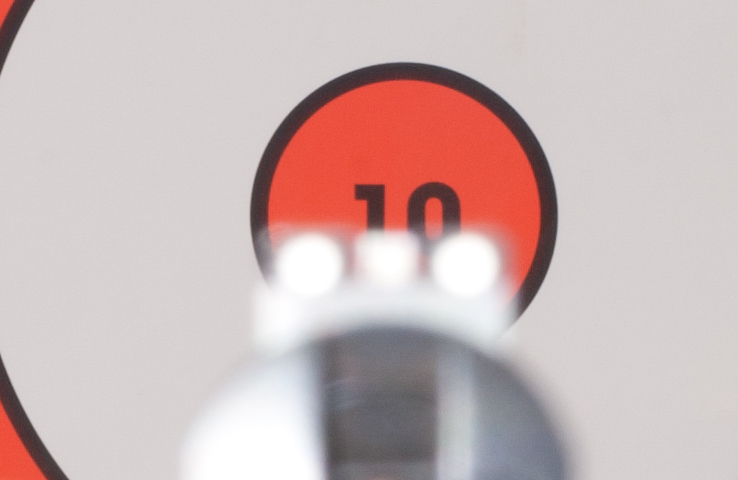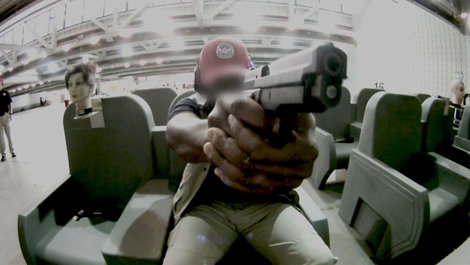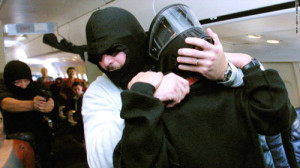NYPD Accepts Reality that Sight Shooting is not Used in CQB

The 2011 NYPD Annual Firearms Discharge Report drives a stake through the mantra of “true believer” sight shooters that shots must be aimed using the sights.
The NYPD now gauges officers success in firearm discharge incidents by the simple measure of whether he or she ultimately hits and stops the subject. And regardless of the number of shots fired at the subject, or whether or not the sights were used.
NYPD SUCCESS RATE
There were 36 incidents in 2011, in which officers hit at least one subject per incident 28 times, for a success rate of 78%.
When officers were being fired upon, they struck subjects two thirds of the time for a success rate of 66.6% (six out of nine such incidents).
THE HIT RATE
311 shots were fired by officers in the 36 incidents.
The hit rate was 12% (36/311).
That means that 9 out of ten shots fired, missed and went somewhere else.
In two of the incidents a high volume of shots were fired. Eliminating them, gives a hit rate of 19% (36/193).
That means that 8 out of ten shots fired, missed and went somewhere else.
And in 2011, 1 bystander was killed.
NON USE OF THE SIGHTS
The hit rate validates the reality that sight shooting just can not be used or is not used in CQB situations.
That fact is supported by the officers themselves.
Thirty-four officers (44%) reported that they had used their sights. As such, 56 percent of the officers shot without use of the sights.
Per the NYPD, “utilizing a two-handed grip, standing, and lining up a target using the firearm’s sights is the preferred method of discharging a firearm, but it is not always practical during an adversarial conflict.”
Basically, achieving marksmanship mechanics in close quarters combat, is just “a bridge to far.”
The use of the new gauge for success, supports the thought that teaching the use of the sights for aiming in real life threat close quarters defensive situations, is just a game played on citizens who bought a gun for self defense with the thought in mind that they would be able to use it effectively in their self defense. And the same is true in regard to teaching distance shooting to citizens for self defense use, or the inclusion of combat reloading in drills and training courses.
Now, there are alternative methods of shooting at close quarters distances that do not rely on the use of the sights. They are simple, effective, and easier and quicker to learn than sight shooting.
And they do not rely on the mechanics of pistol shooting in a controlled environment which include: a “proper grip, sight alignment, sight picture, trigger control, and breath control. All of these require a degree of concentration and fine motor skills. Unfortunately, in a combat situation, concentration and fine motor skills are sometimes among the first casualties.”
The 20% or less hit rate in CQB situations, has been around for years and years. And though it has shouted out the need for training in alternative shooting methods, institutionalized dogma and established training programs have squelched and stomped out such heretical thoughts and measures.
Hopefully, the official recognition by the NYPD of the reality of adversarial conflicts, will result in adjustments or modifications to existing firearms training programs.
That would be good, as one has the greatest chance of being shot and/or killed in CQB instances.
Continuing to train only in sight shooting which results in 8 out of 10 shots missing the target and going somewhere else, is just crazy.
Here is a link to the 2011 NYPD Annual Firearms Discharge Report in PDF form:
http://www.nyc.gov/html/nypd/downloads/pdf/analysis_and_planning/nypd_annual_firearms_discharge_report_2011.pdf
This is a link to an article on NYPD training that is based upon a Rand Corporation study which was paid for by the NYPD: http://www.pointshooting.com/randinfo.htm
Source:John Veitt
Related Posts

Federal Air Marshal Handgun Training

Federal Air Marshal Handgun Training and Tactics

